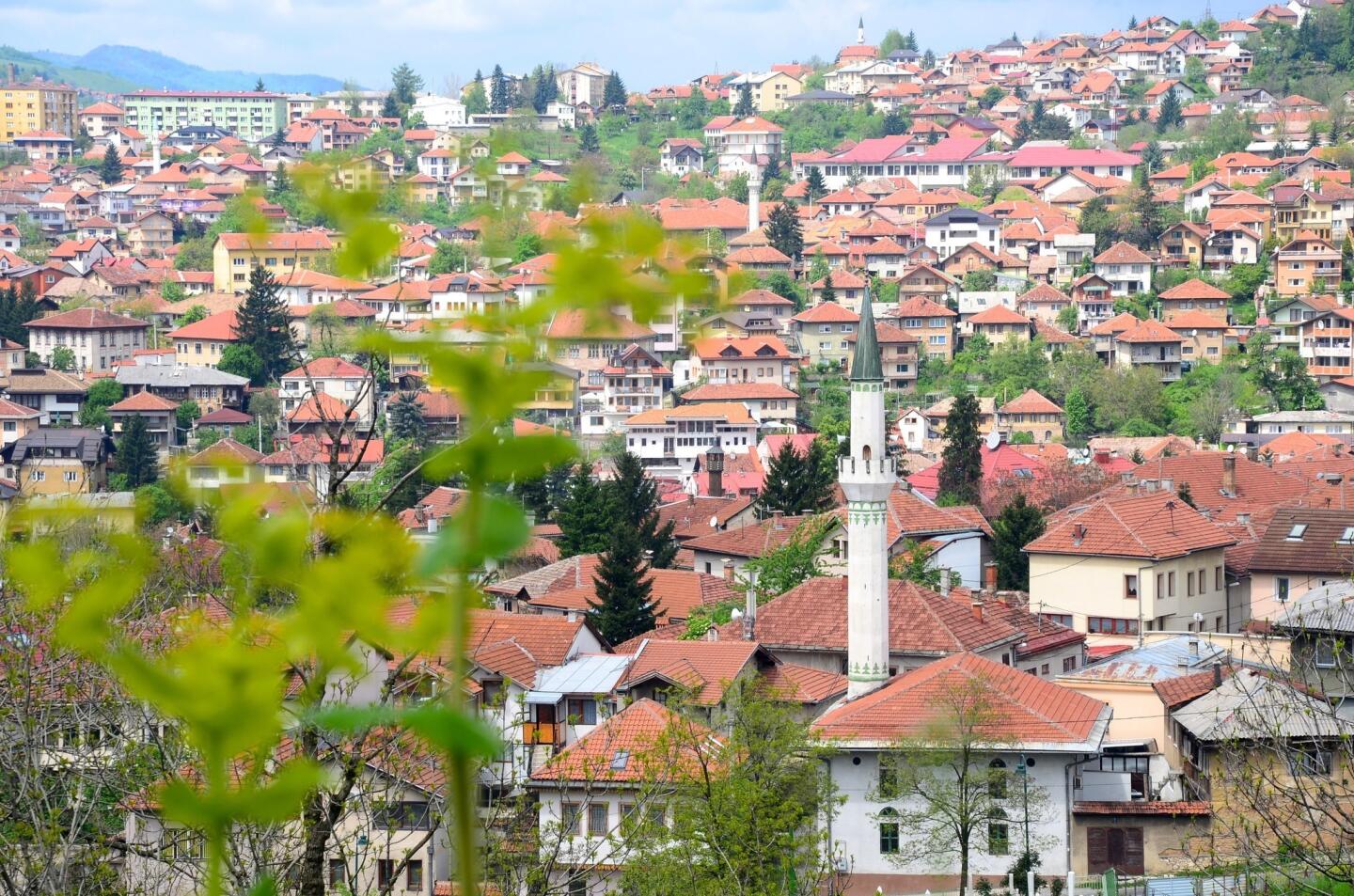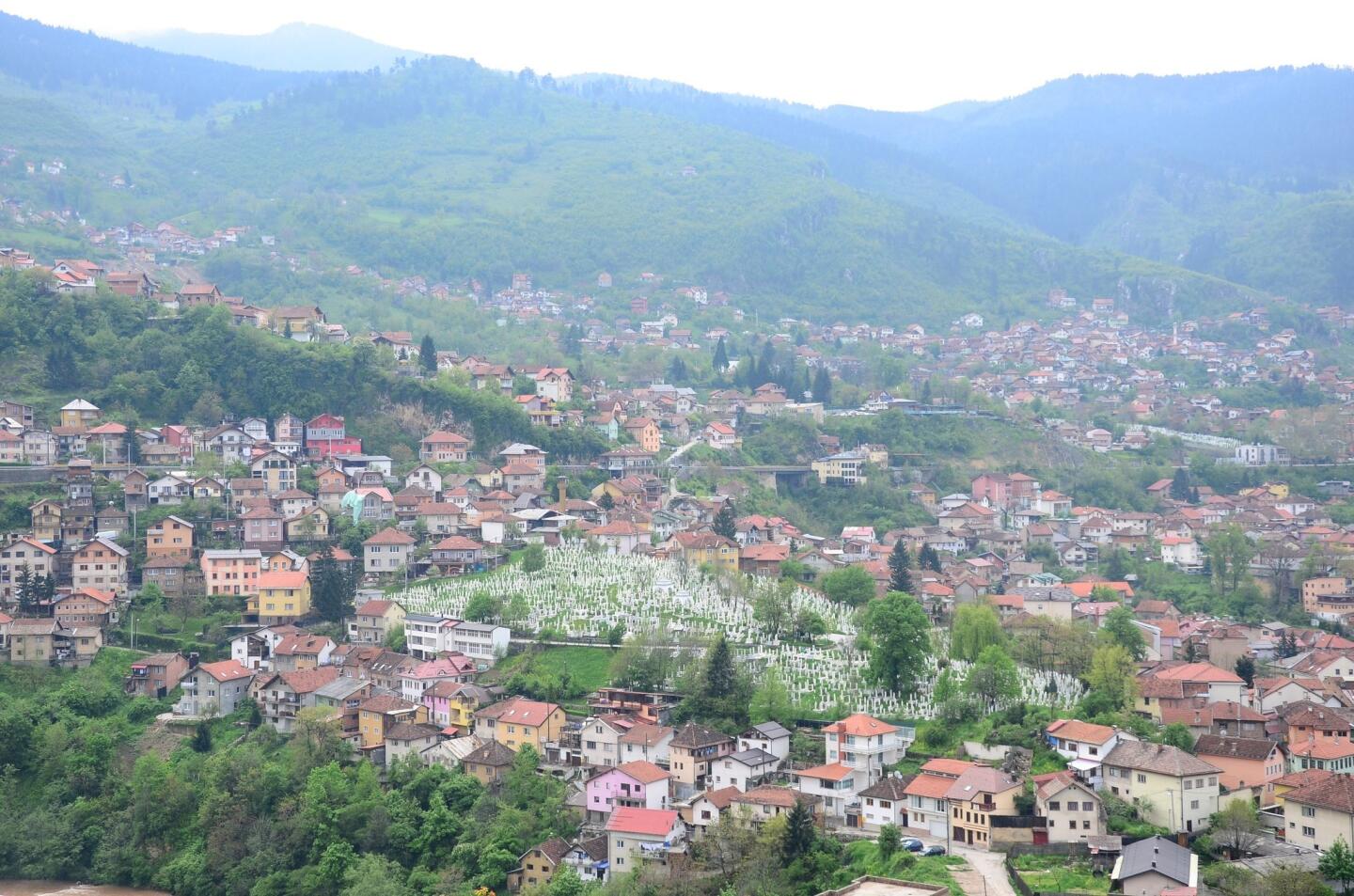
About 11,000 people died during the siege of 1992-1995. Among the city’s many red tile roofs, the cemeteries near the center of Sarajevo stand out. (Chris Reynolds / Los Angeles Times)
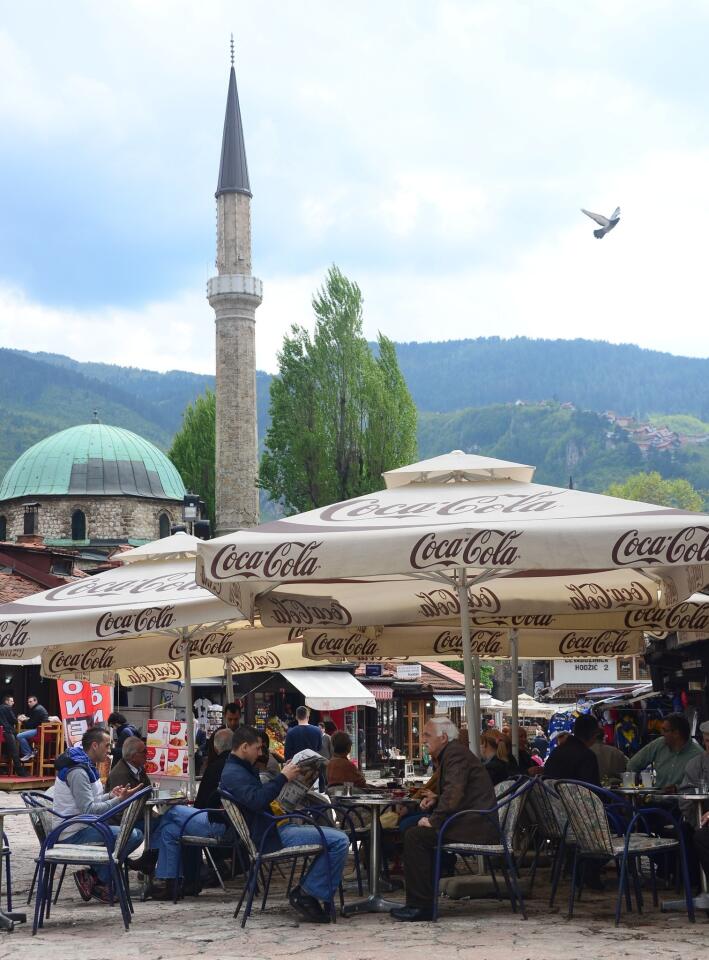
Old Town Sarajevo, locally known as Bascarsija, features mosques, shops, pedestrian alleys, patio dining and swooping pigeons. It dates to the 15th century. (Chris Reynolds / Los Angeles Times)

Sarajevo’s Academy of Fine Art is fronted by a playful modern bridge across the Miljacka River. (Chris Reynolds / Los Angeles Times)
Advertisement
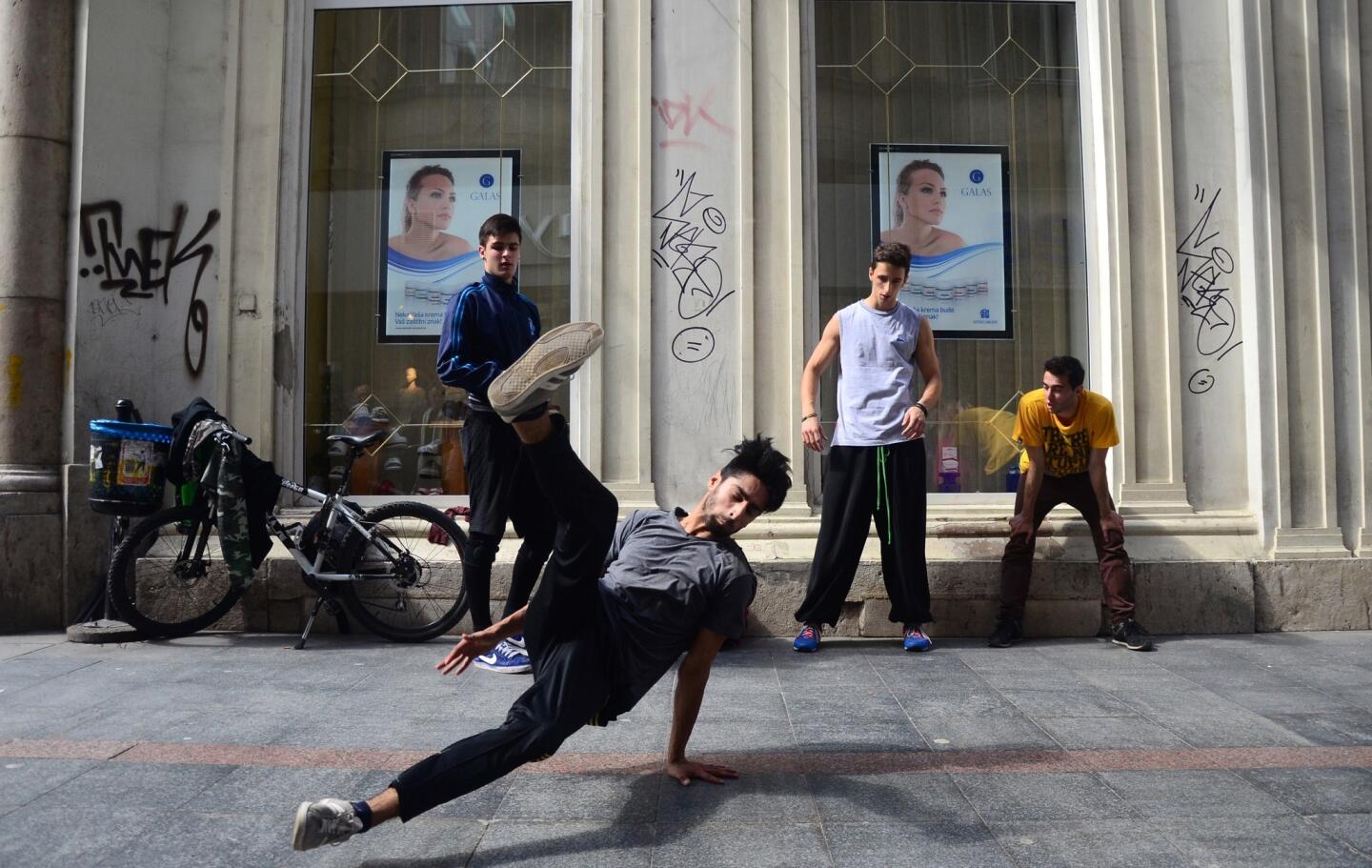
Sarajevo’s main pedestrian thoroughfare is a lively scene of shoppers, browsers and sometimes break-dancers. (Chris Reynolds / Los Angeles Times)
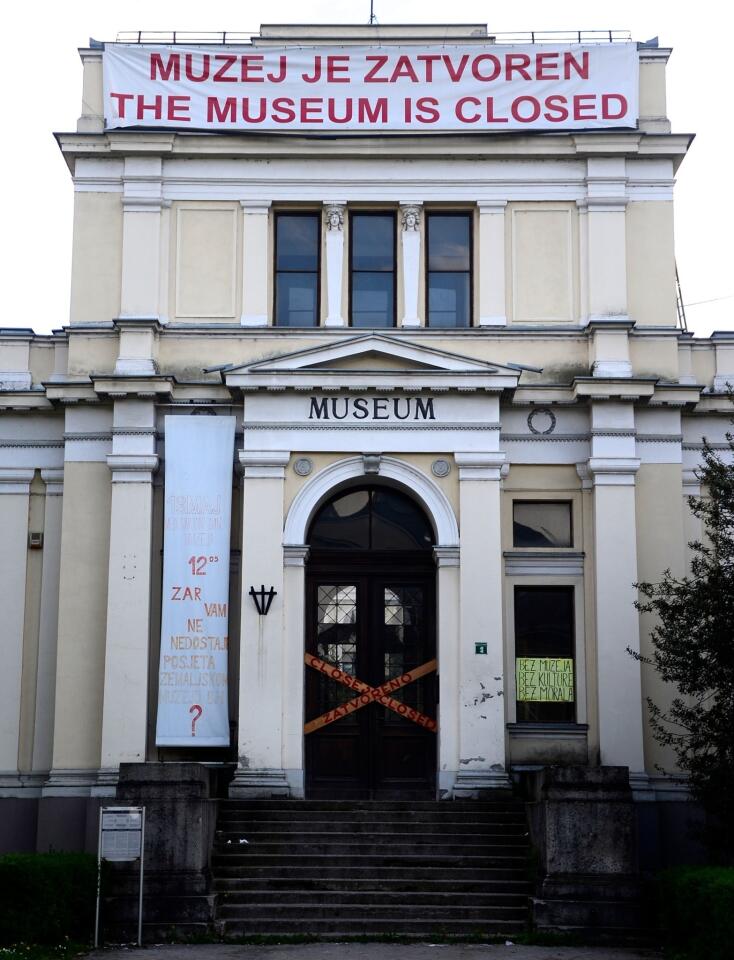
The National Museum of Bosnia-Herzegovina has been closed since 2012, apparently a victim of political paralysis stemming from the complex 1995 peace agreement that divided the country into two semi-autonomous halves, a Serbian republic and a Muslim-Croat Federation. (Chris Reynolds / Los Angeles Times)
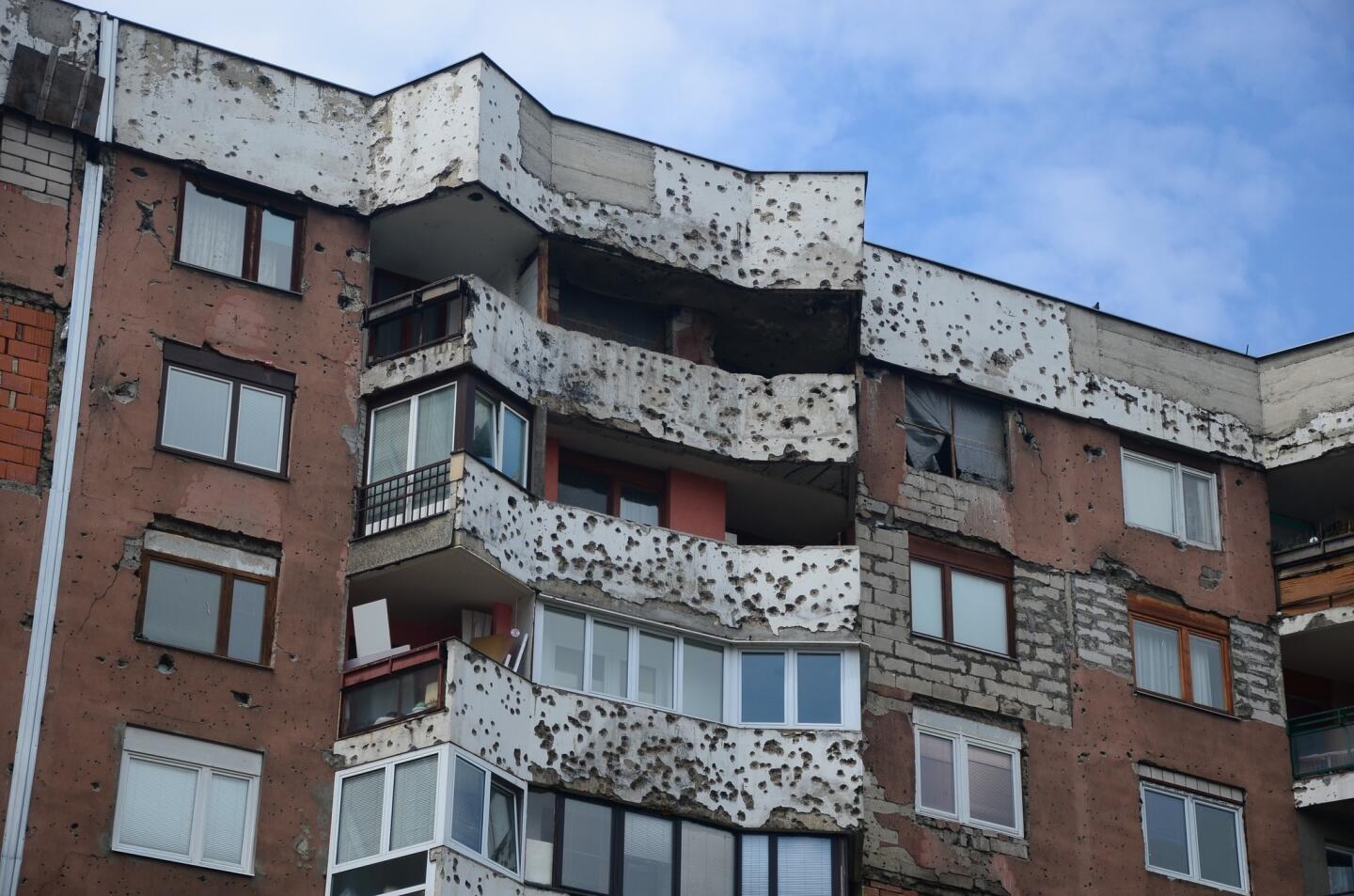
On many Sarajevo apartment buildings that were located near sniper positions in the siege of the early 1990s, scars from shelling remain, and sometimes makeshift window coverings as well. (Chris Reynolds / Los Angeles Times)
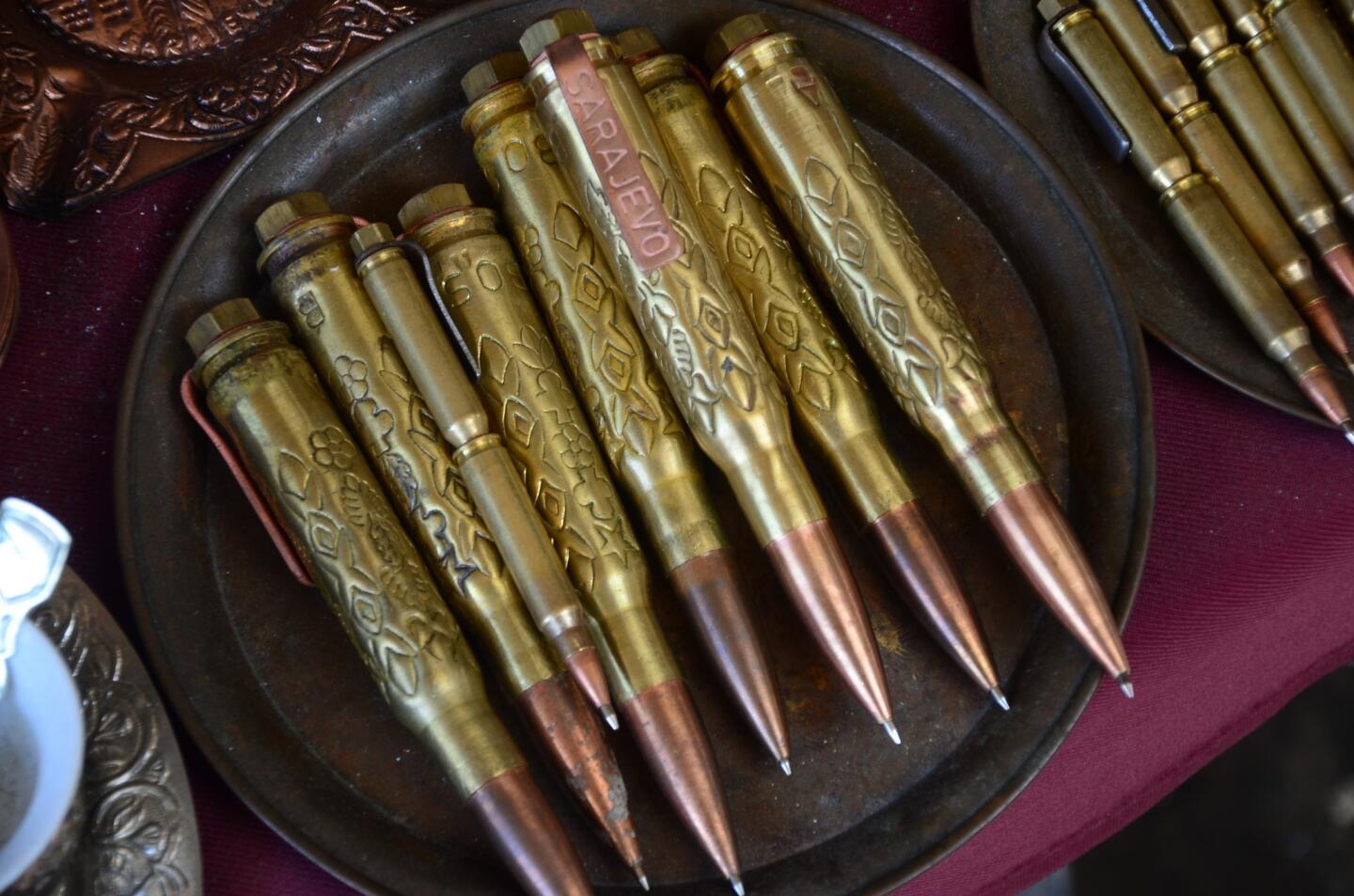
Repurposed shell casings -- now made into pens -- are a popular tourist item in the alleys of Sarajevo’s Old Town. (Chris Reynolds / Los Angeles Times)
Advertisement
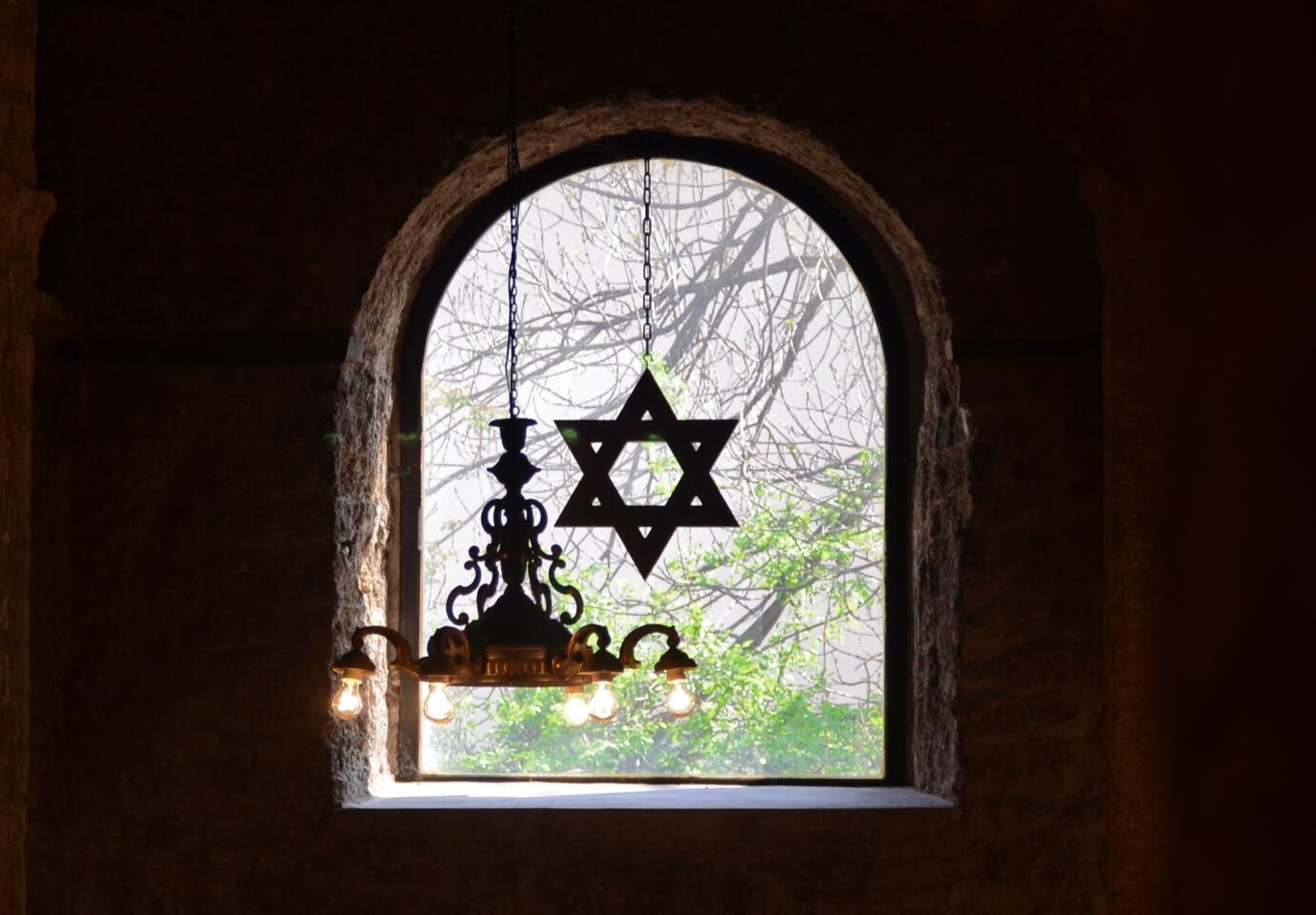
This building served as a synagogue from the 16th century until World War II, when it was ransacked and largely demolished. It was restored in the 1950s and in 1966 was turned into a museum. Damaged once more by shelling in the siege of 1992-1995, it has since been repaired. (Chris Reynolds / Los Angeles Times)
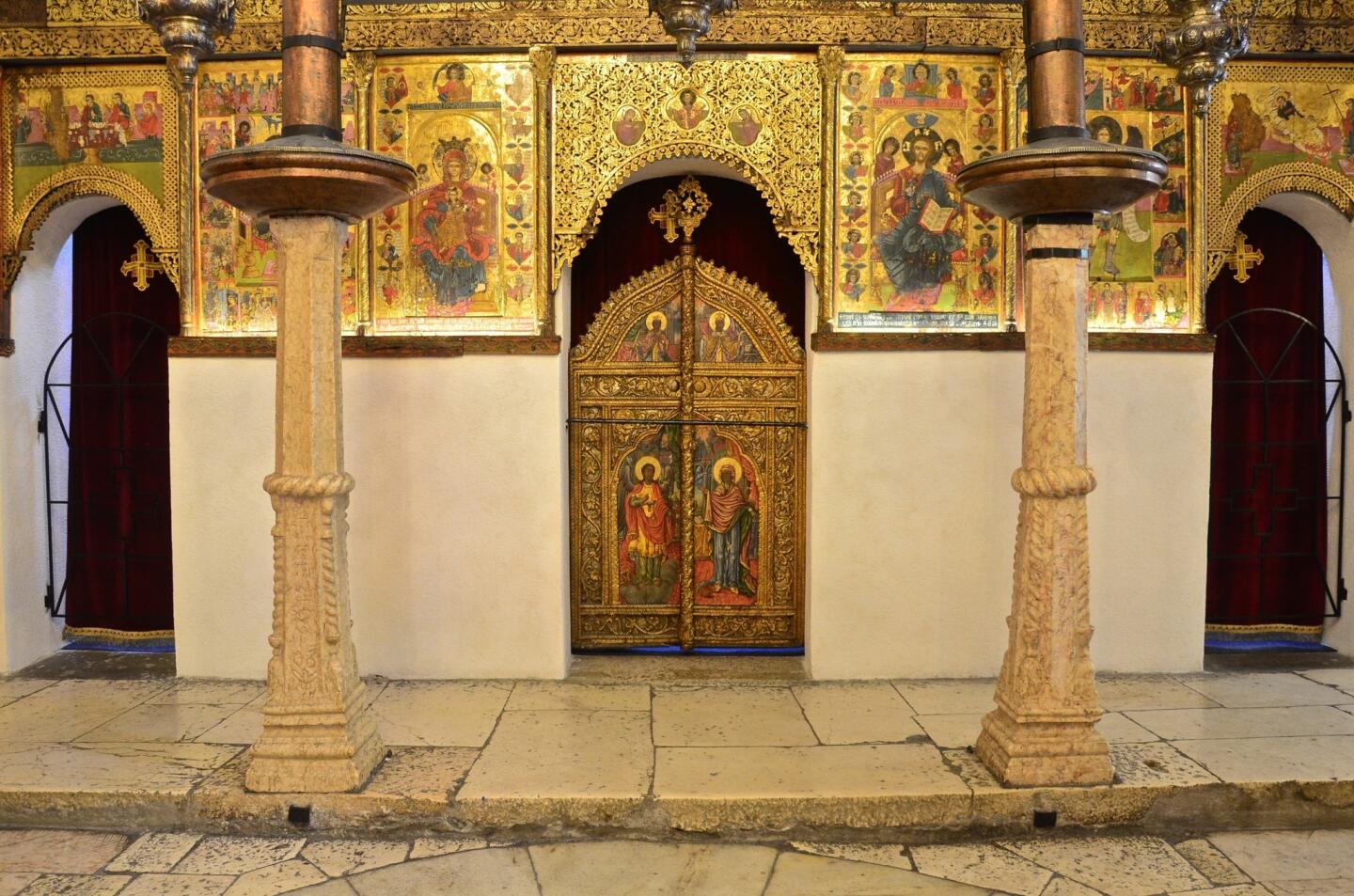
The Church of the Holy Archangels Michael and Gabriel is the oldest Orthodox church in Sarajevo, dating to 1539 or before. (Chris Reynolds / Los Angeles Times)
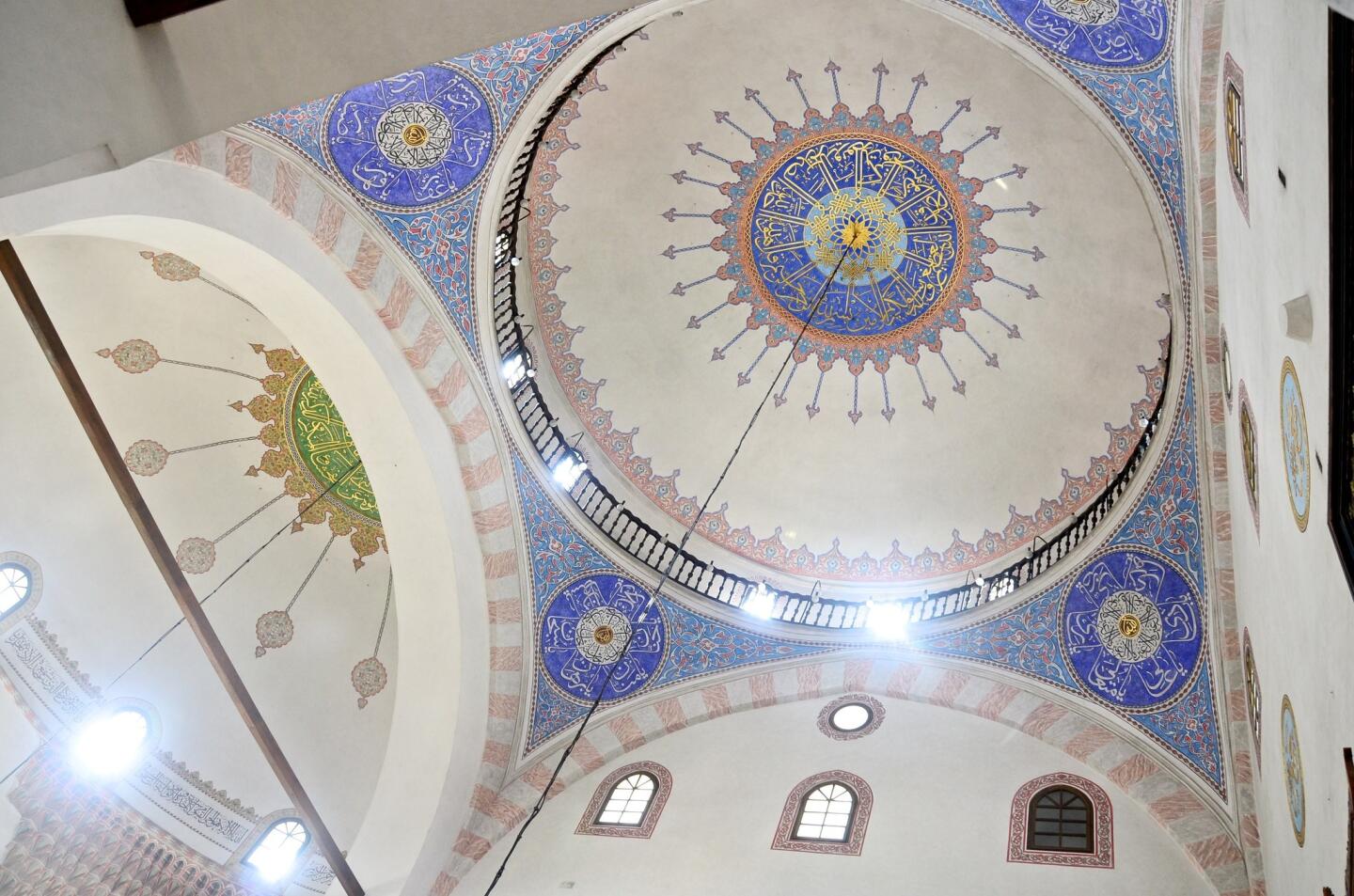
Sarajevo’s Gazi Husrev-bey Mosque dates to the 1530s and was a prime target of Bosnian Serb attackers during the siege of Sarajevo from 1992-1995. With help from foreign contributions, the mosque was rebuilt in the late 1990s and today is open for worship and tours. (Chris Reynolds / Los Angeles Times)
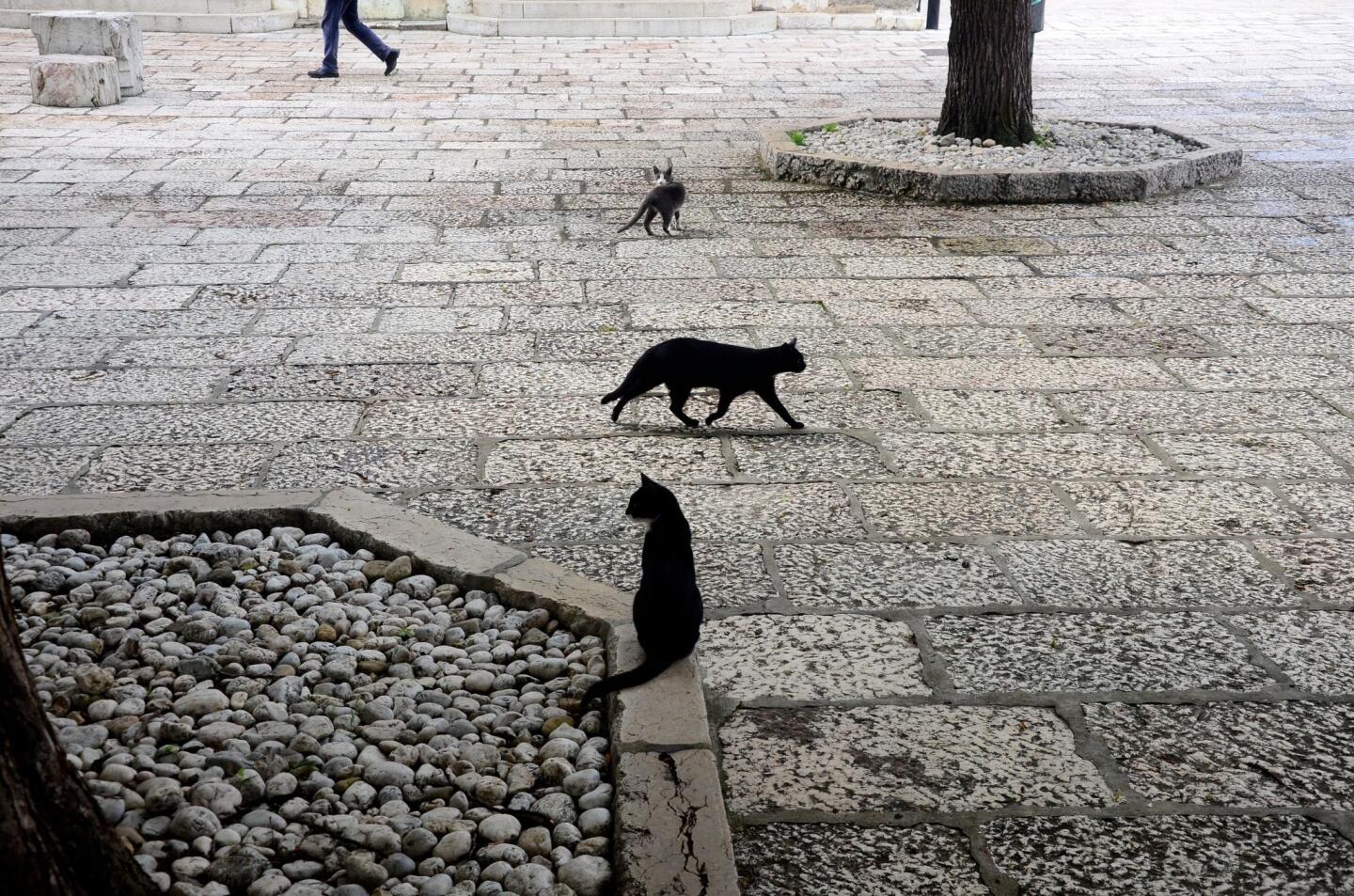
Three cats prowl Sarajevo’s Gazi Husrev-bey Mosque. (Chris Reynolds / Los Angeles Times)
Advertisement
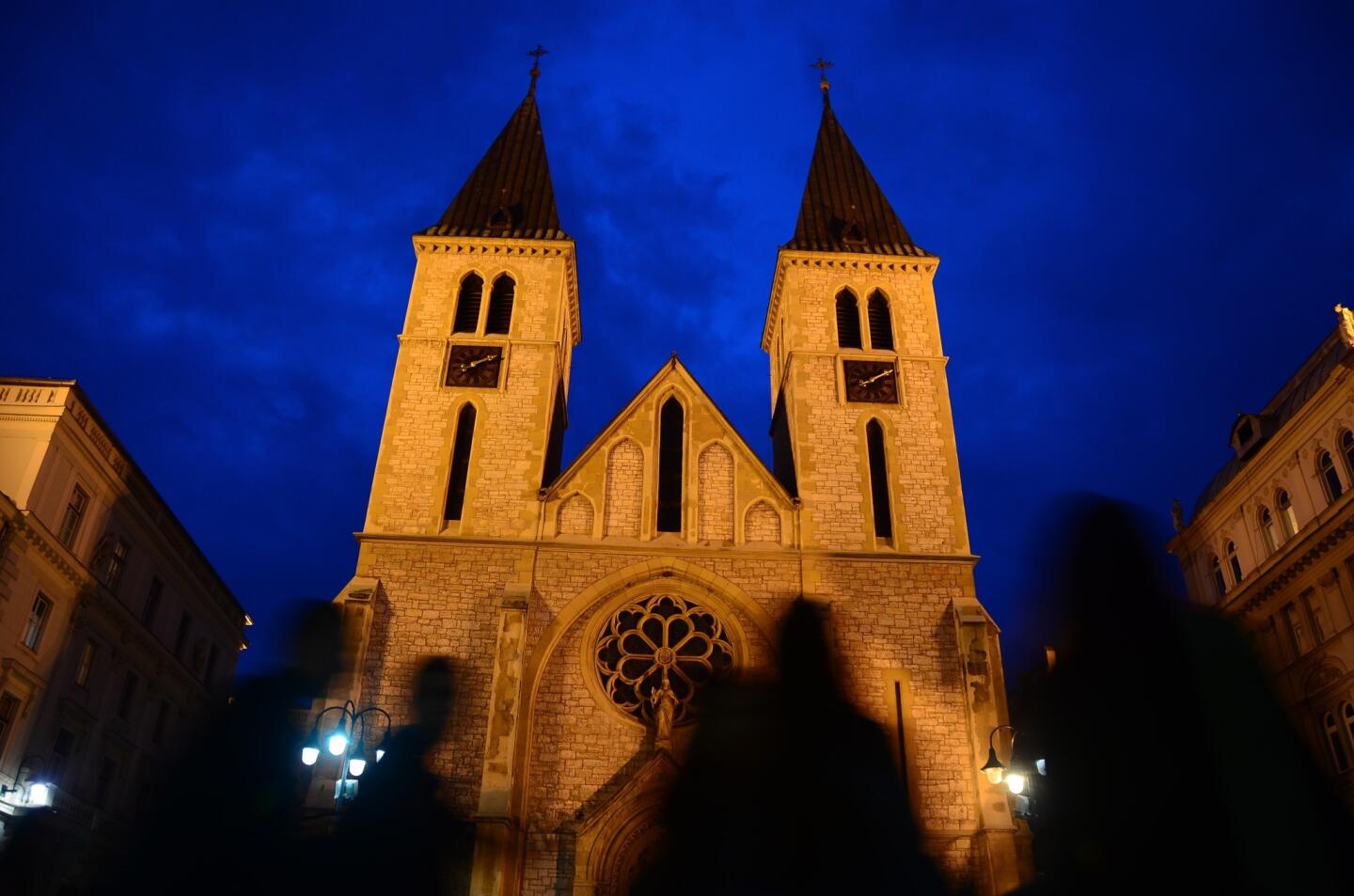
Sacred Heart Cathedral, in downtown Sarajevo, dates to 1889 and is the largest Catholic cathedral in Bosnia-Herzegovina. (Chris Reynolds / Los Angeles Times)
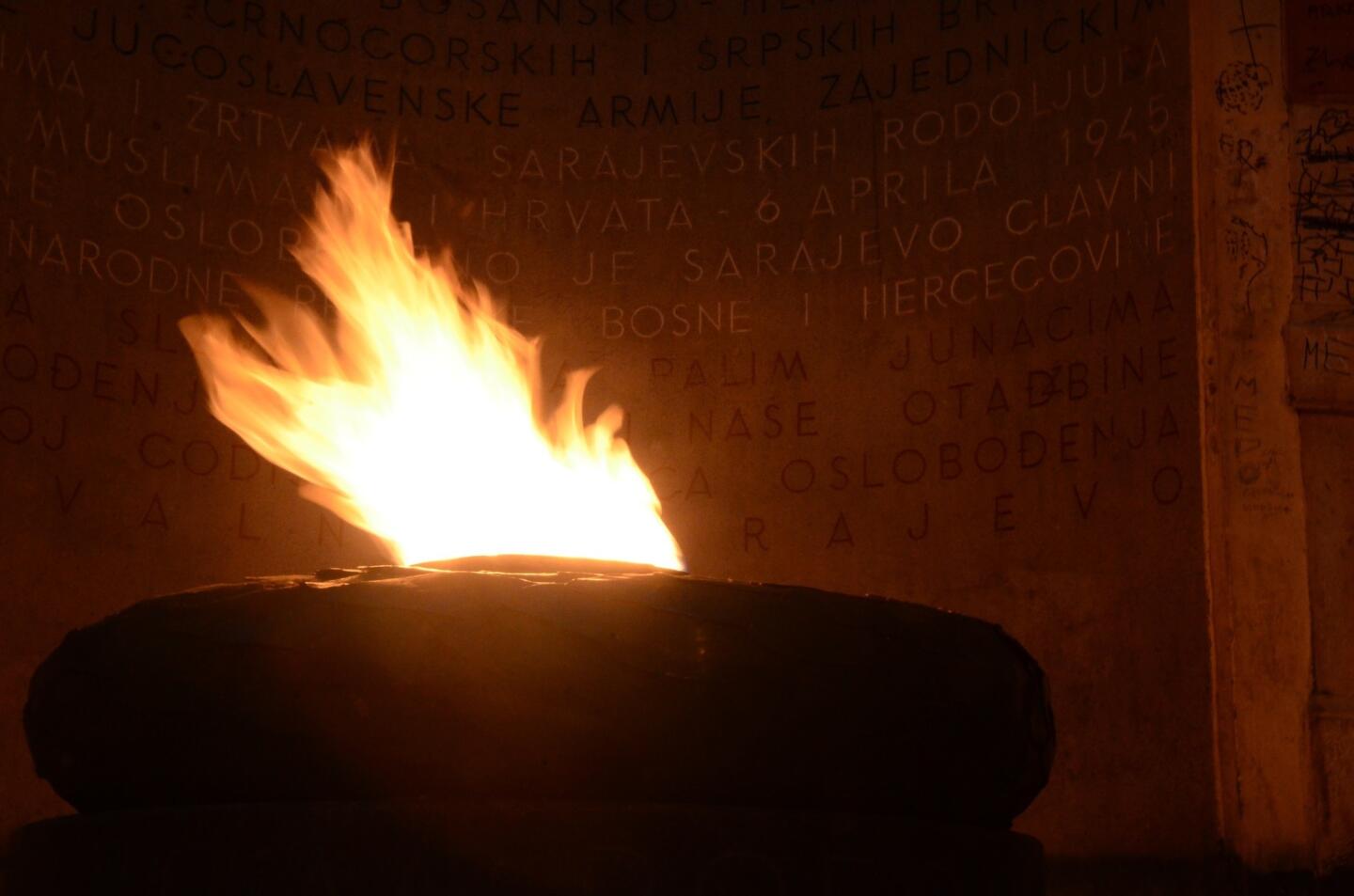
A flaming memorial commemorates Sarajevo’s losses during World War II, when the city was occupied by Axis forces and bombed by Allied forces. (Chris Reynolds / Los Angeles Times)
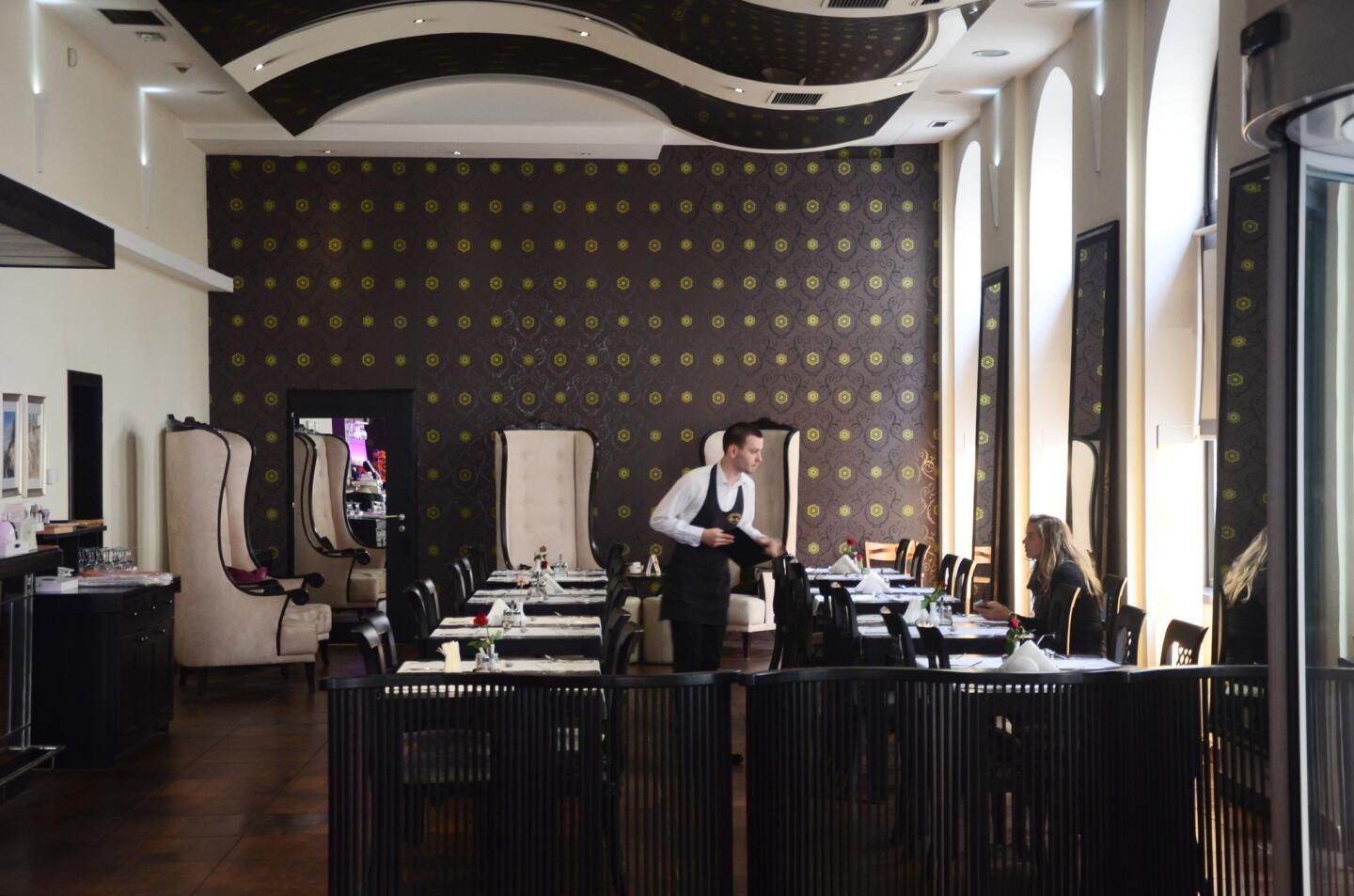
Hotel Central is one in a handful of upscale lodgings in downtown Sarajevo. (Chris Reynolds / Los Angeles Times)
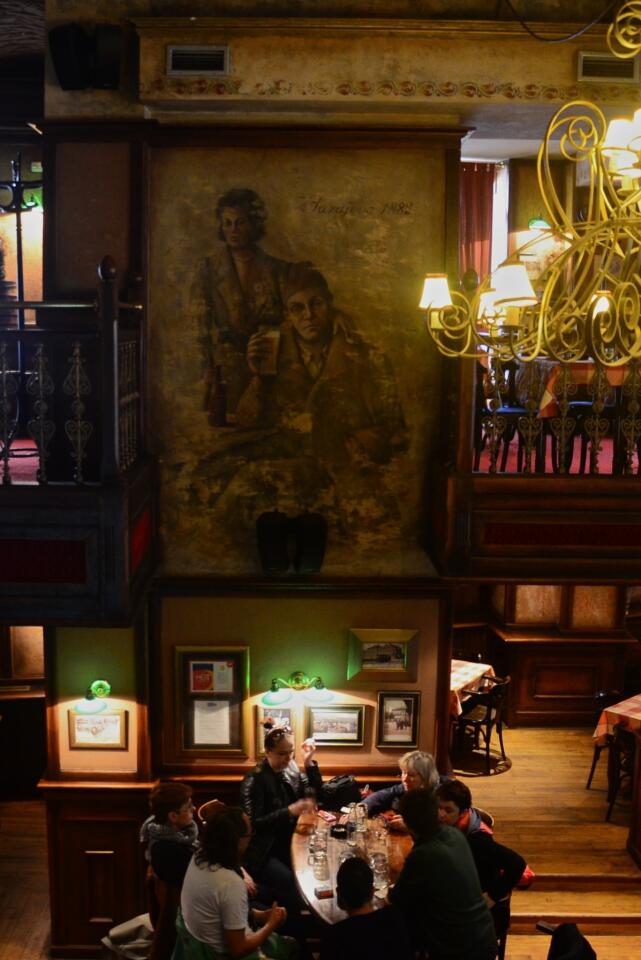
The Sarajevo Brewery dates to 1864. During the siege of the early 1990s, it was one of the few sources of fresh water in the city, and several civilians were killed by Bosnian / Serb shelling as they tried to reach that water. Now the brewery is at work again, with a restaurant on site. (Chris Reynolds / Los Angeles Times)
Advertisement
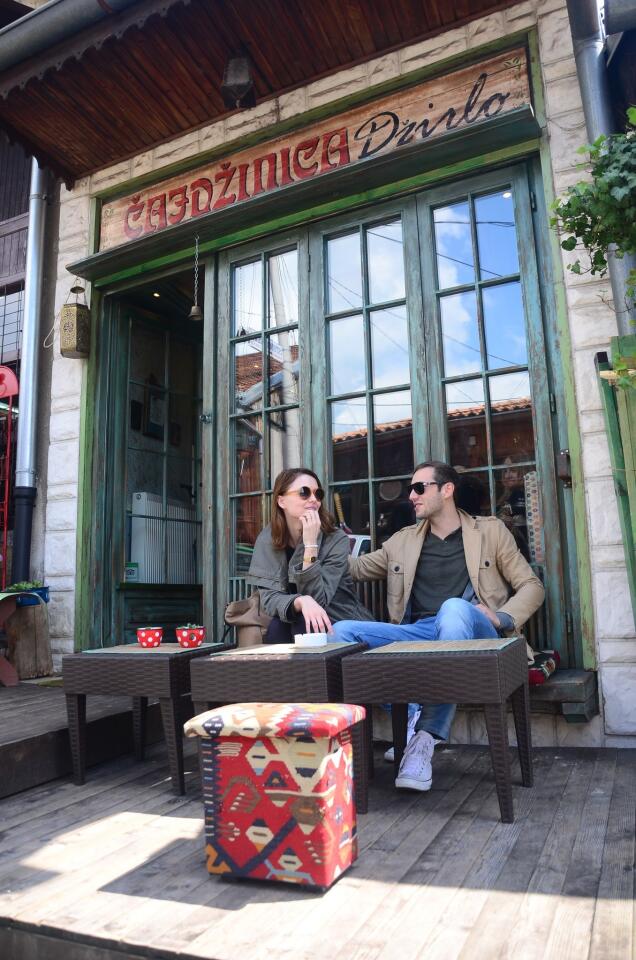
Cajdzinica Dzirlo, a teahouse on the edge of Sarajevo’s Old Town, draws many international travelers with its Bosnian coffee and other regional specialties. (Chris Reynolds / Los Angeles Times)
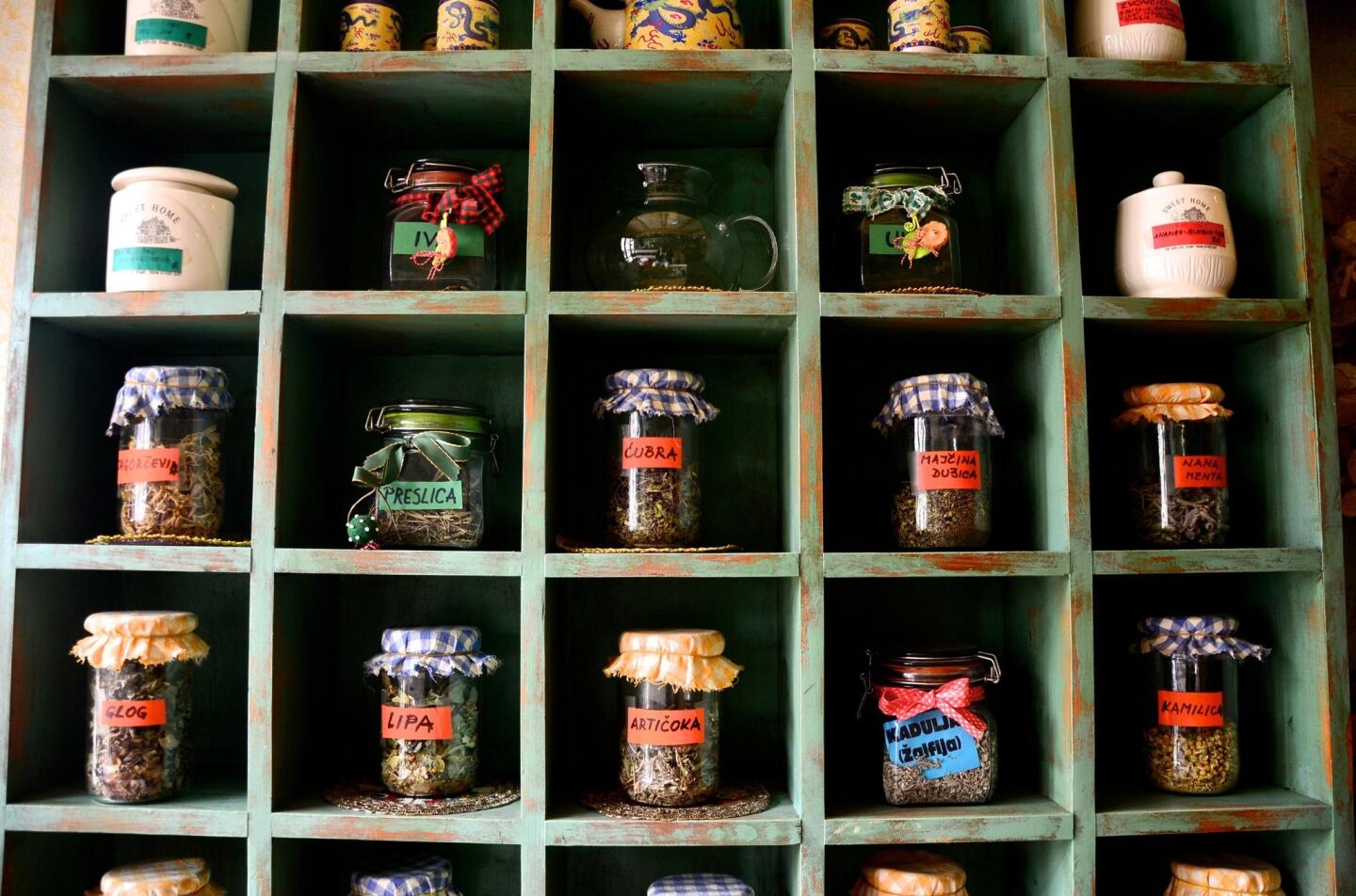
Some of the items on offer in Cajdzinica Dzirlo. (Chris Reynolds / Los Angeles Times)
